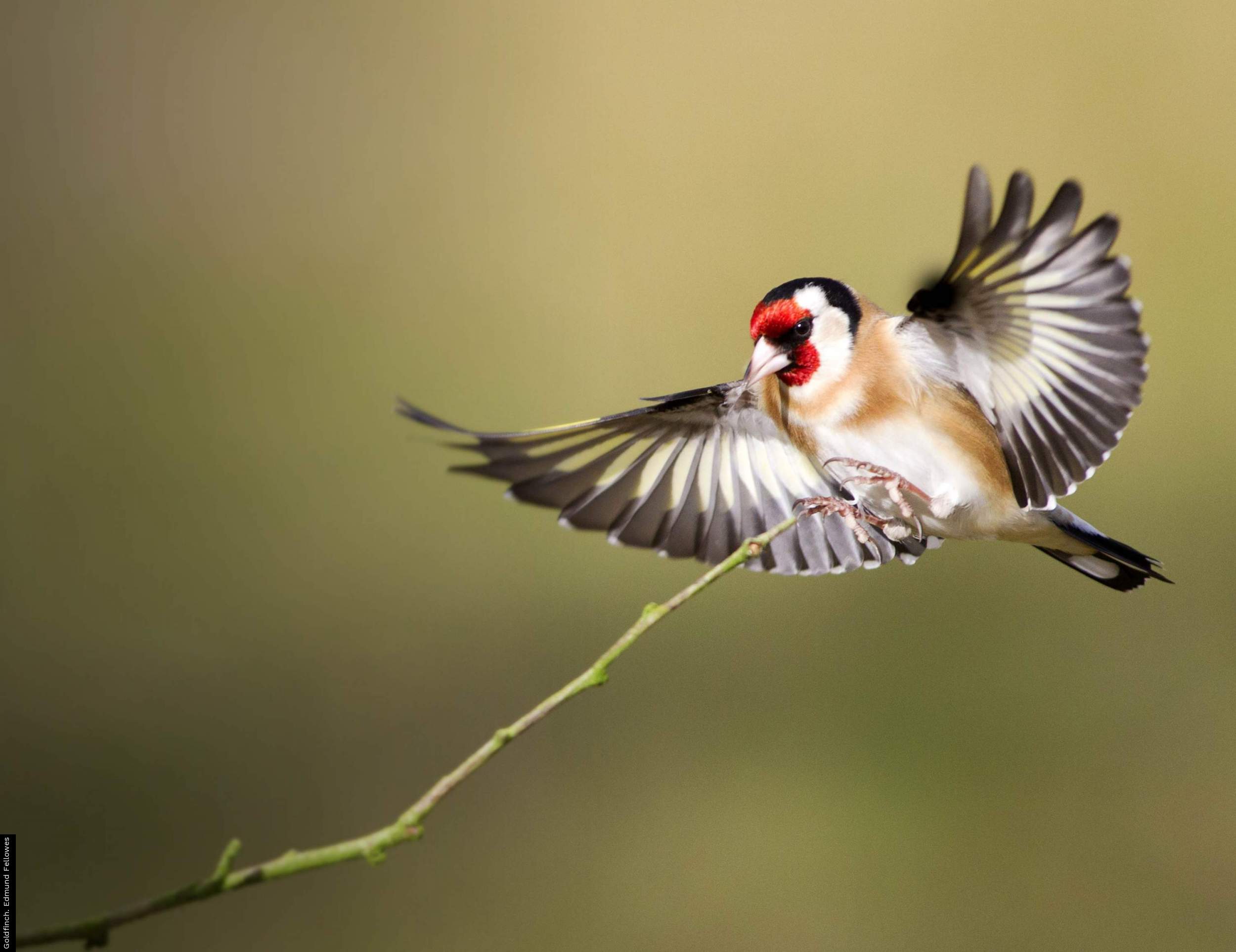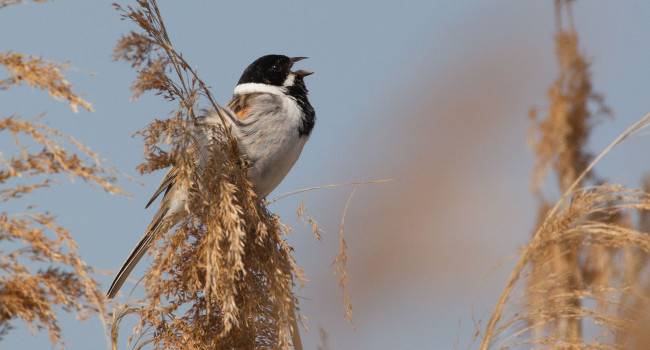Wider Countryside Butterfly Survey
It is important in both assessing the changing status of widespread butterfly species and in providing an indicator of the health of the wider countryside. Data from our scheme feeds into the UK Butterfly Monitoring Scheme (UKBMS).
The UK Butterfly Monitoring Scheme is organized and funded by Butterfly Conservation, the Centre for Ecology and Hydrology, British Trust for Ornithology, and the Joint Nature Conservation Committee.
The UKBMS is indebted to all volunteers who contribute data to the scheme and we now have data from the WCBS, carried out on BBS squares spanning back to the pilot years of 2007 and 2008.
- All BBS volunteers can take part in the WCBS by making extra visits to their square between May and August to count butterflies.
Get involved
Squares, instructions and recording forms
download the instructions
recording form
Square allocation for the WCBS on BBS squares and all WCBS data from BBS squares are entered into the UKBMS data entry system. For guidance on how to register your BBS square for the WCBS on the UKBMS website, please email bbs [at] bto.org.
Entering data for the WCBS
WCBS online simple instructions for WCBS-BBS squares:
1. Register at www.ukbms.org/mydata/ (register button is at top right hand side of the screen). When choosing your username on this website, it is helpful to us if you use your BTO username.
2. Wait for us to email you to confirm that your account has been linked to your square(s). This can only be done during working hours, so please be patient.
3. Once allocated the square, log in to the UKBMS website. Hover over ‘My Data’ along the top of the page, then hover over 'Walks' and then when it appears, click on 'My Walks'.
4. In the page that opens, it is crucial you change the 'Site Type' to WCBS-BBS in the drop down menu, 'Filter by site' by selecting the square you are entering data for and then find the date of your WCBS survey in the calendar and click on the little green ‘plus’ sign. You can now enter and save the datas from your visit.
Latest results
The UK Butterfly Monitoring Scheme (UKBMS) 2022 Official Statistic has been released on the UKBMS website. The Official Statistic describes the trends of 58 out of 59 of the regularly occurring butterfly species in the UK based on the results of the UKBMS, including data from the WCBS.
Fluctuations
Butterfly populations fluctuate naturally, but the long-term data-set - with records beginning in 1976 - allows us to see trends over decades and reveals a steady decline in most of the UK's butterflies.
While weather conditions at particular times of year, as apparent in this year’s results, likely contribute to the annual fluctuations we see in butterfly numbers, long-term trends are in many cases driven by human activity, particularly the degradation of vital habitat, and the impact of climate change.
An average year
- The latest results show that 2022 was an average year for butterflies, ranking 27th in the 47-year series. None of the 58 species assessed had their best or worst year on record at UK level.
However, Purple Emperor and Large Blue both had their 2nd best year on record, and Chequered Skipper and Dark Green Fritillary had their third best year on record.
The biggest ‘losers’ of 2022 were Small Pearl-bordered Fritillary (2nd worst year or record) and Small Copper (3rd worst year on record). A further large annual decline for Small Tortoiseshell resulted in the 4th worst year on record for this species, continuing the significant long-term decline of this common and widespread species (down by 80% since 1976).
Regional differences
There were some regional differences in how butterflies fared in 2022. Long-term declines still outnumber long-term increases in England, but over the last ten years most species are showing stable numbers with only two species showing significant short-term declines.
In Wales and in Northern Ireland, out of the species with sufficient data to be assessed, there are both long- and short-term declines in several species, but it is encouraging that eight species are showing a long-term increase in Wales.
The most positive outlook comes from Scotland, where many more species are increasing than decreasing, an observation highlighted in the latest State of the UK Butterflies 2022 Report, with range expansion as the likely driver of these more positive trends.
2022 Summer Drought
Many of the drivers of long-term declines in abundance are well known and include changes in the extent, condition and fragmentation of habitats caused by the intensification of farming, changes in forestry practices, urban development, pollution and climate change. Whilst climate change can have noticeable long-term impacts, they may act in the short-term as well.
The summer of 2022 was notable for widespread drought conditions in the UK and numbers of second generations of butterflies that appeared in good or average numbers in the spring were greatly reduced in the summer months.
Given that many of the offspring of later reproducing species will not emerge until the following spring, it is feared that there will be similar negative impacts on other butterfly species when they start to emerge in 2023.
Publications
The latest publications using WCBS data can be viewed on the BBS related reports and newsletters webpage. This includes the WCBS newsletters and the UKBMS Annual Report.













Share this page